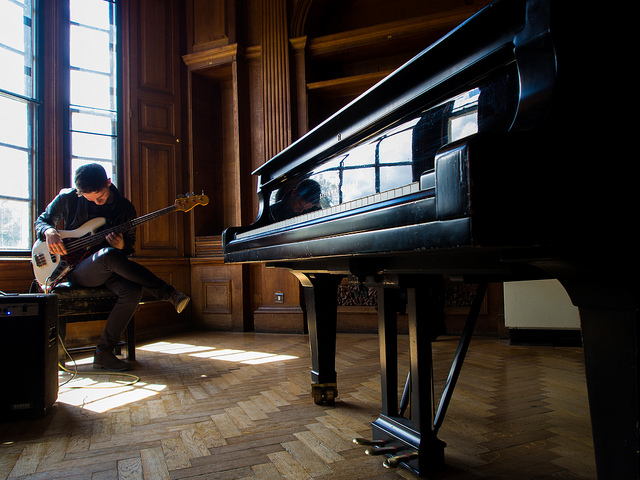It’s a new academic year and a new chance to look at how we learn and teach. MUS654 is just that chance. It’s a class I run at the University of Chichester where my final year undergraduates studying private teaching focus on learning to create a curriculum for a student. This is not something that people often have either spare or even professional development time set aside to learn this and so often, at least in music, it is the kind of thing that is done ‘on the job’. There isn’t a comprehensive music curriculum for each instrument and with all the differences that individual students can bring, with their goals, skills, age, levels of dedication, oh the list could go on and that’s not even accounting for any of the variables like instrument, style, how or where they learn – privately or in school. The list really can go on indefinitely.
Creating a curriculum is tricky, takes thought, and requires a knowledgeable and skillful teacher. It is easy to sit back and do what you’re told as a student, and yes, it is easy to resort to doing the telling as a teacher, but that’s not really the way meaningful learning happens. It’s also easier to teach thing to others just how we learned it, instead of having a rounded insight that lets us forge a new path and mould experiences around each student so they are really able to do the learning. Those last three words are the clinchers “do the learning’, not listen to someone about the learning. I am keen to broaden my perspective and grow and that’s the point of this class: to take the time to dissect, analyse, and rebuild something that really enables learning.
An Intro to MUS654:
I’ve put together a 10 week set of resources under the MUS654 tab on this website and I encourage you to pick and choose elements to dive into, activities to complete, and blogposts to read. This year we’re starting by looking at the satellite topics that I have set out – first thinking of the Mechanics of Sound but also musing ahead at repertoire and the possibilities of how and why we might adapt what we already know to serve as a useful teaching tool.
- We started with a tune we all knew, Twinkle Twinkle, and used two examples – both student creations. Have a listen and ask yourself as a learner and teacher, what could you use these to learn. This was really an exercise in planting seeds for what’s to come in future weeks.
- Another seed planting exercise was the invitation to annotate this article on What is curriculum?You can join us. The link will take you to the article in a hypothesis.is page – which means you can annotate and comment all over it. If you don’t like being known online, you are very welcome to use an pseudonym.
I look forward to posting about our progress on considering and creating our own curricula over the next few months. Do comment on anything that interests you, ask questions, or connect and tell us about how you do things. My students and I would love to hear from you.
Featured Image CC-BY-SA by ReflectedSerendipity
